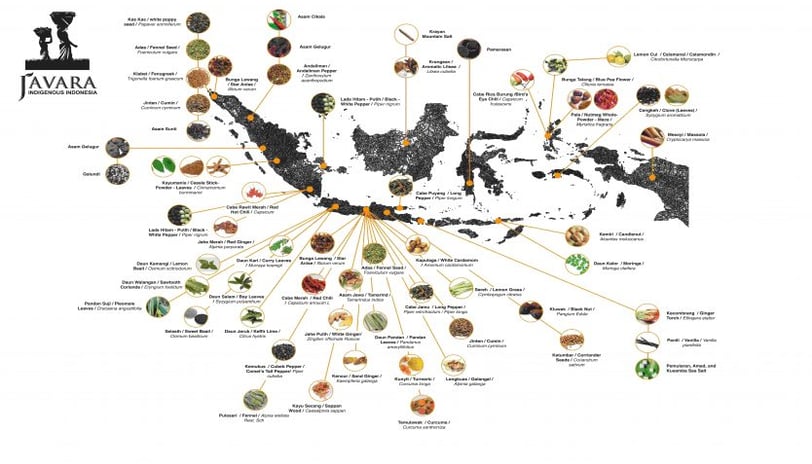Indonesia The Spice-Rich Land Famous in Europe
Indonesia, the largest archipelago in the world, boasts an extraordinary natural wealth, one of which is its spices. Indonesian spices have long been renowned and cherished globally, especially in Europe. Native to Indonesia, Long Pepper is harvested from the Piper longum plant. This long pepper is used as spice and seasoning which has a more pungent taste compared to black, green, and white pepper. It also has a unique earthiness and numbing aftertaste. It can be a substituent in any recipe calling for black pepper, adding it to a spice blend, or for stew or slow-cooked dishes.
12/13/20242 min read


Indonesia, the largest archipelago in the world, boasts an extraordinary natural wealth, one of which is its spices. Indonesian spices have long been renowned and cherished globally, especially in Europe. History records that Indonesian spices were a primary reason for European exploration and colonization of the Nusantara in the 15th to 17th centuries. In this article, we will explore the richness of Indonesian spices and how they are famous worldwide, particularly in Europe.
The History of Indonesian Spices
Since ancient times, spices such as cloves, nutmeg, pepper, cinnamon, and ginger have been major commodities in international trade. The Maluku Islands, known as the "Spice Islands," were the center of clove and nutmeg production. European nations, including the Portuguese, Spanish, Dutch, and English, competed fiercely to control the spice trade from these islands.
The Diversity of Indonesian Spices
Clove
Clove is one of the most sought-after spices globally. The dried flower buds of the clove tree are used in various cuisines, clove cigarettes, and traditional medicine.
Nutmeg
Nutmeg comes from the seeds of the Myristica fragrans tree, which grows in the Banda Islands. Nutmeg is used as a kitchen spice, essential oil, and traditional medicine.
Pepper
Both black and white pepper come from the seeds of the Piper nigrum plant. Indonesia is one of the largest pepper producers in the world, particularly from the regions of Lampung and Kalimantan.
Cinnamon
Cinnamon is derived from the bark of the Cinnamomum tree. This spice is used in cooking, beverages, and cosmetic products.
Ginger
Ginger is a popular rhizome worldwide, used in cooking, drinks, and herbal medicine. Indonesian ginger is renowned for its strong aroma and flavor.
The Role of Indonesian Spices in the European Market
Indonesian spices have played a significant role in the European market since the Middle Ages. These spices were not only used for cooking but also for medicine and food preservation. The fragrance and quality of Indonesian spices made them highly valued in Europe. In fact, many European explorers such as Vasco da Gama and Ferdinand Magellan embarked on expeditions to find direct routes to Indonesia to gain direct access to these spices.
The Influence of Spices on Culture and Economy
The presence of spices has enriched cuisine and also influenced culture and economy. In Indonesia, spices are an integral part of culinary traditions and traditional medicine. In Europe, Indonesian spices became symbols of luxury and wealth. The spice trade also spurred economic development and infrastructure improvements in both Indonesia and European countries.
Indonesia truly deserves the title "Land of a Thousand Spices." Its rich spices have had a significant impact worldwide, particularly in Europe. To this day, Indonesian spices remain highly valuable commodities in the international market. By preserving and further developing spice production, Indonesia can continue to strengthen its position as one of the leading producers of high-quality spices in the world.
